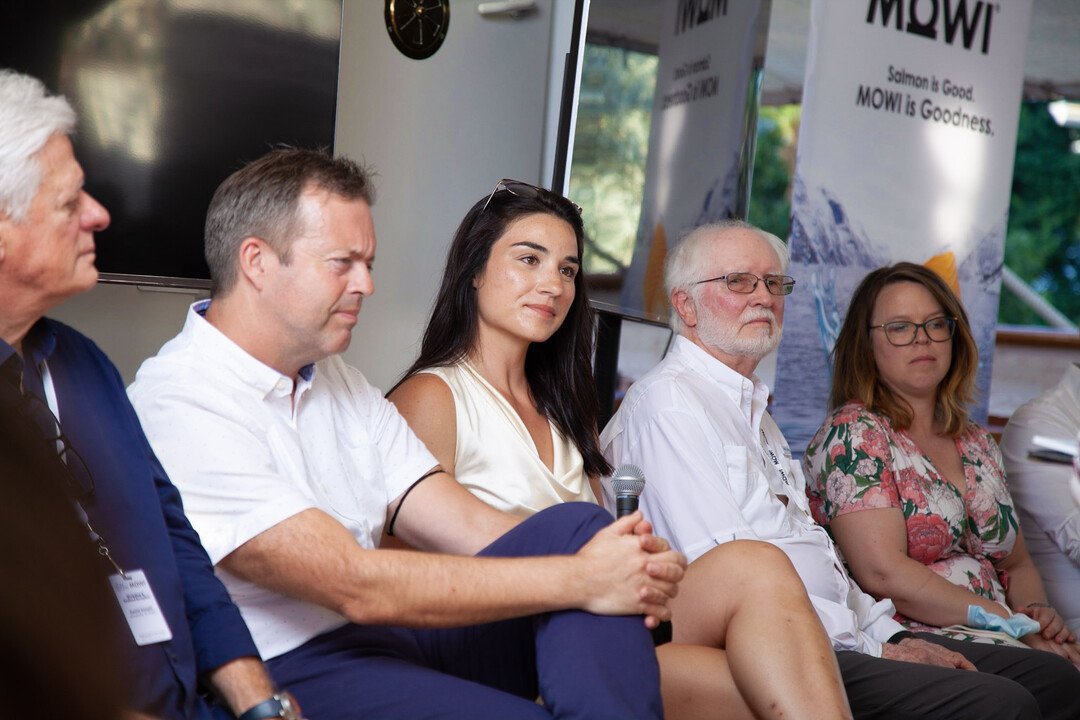
The BlogEXPLORE THE MUST READS
What Do Young Consumers Really Think About Seafood?
The most important factor young people take into account when buying food is its environmental impact, the second most important factor is its health and nutritional benefits.
Seaspiracy: What’s the Real Catch?
The talk of the ocean world is Seaspiracy, a Netflix Original film produced by the same team responsible for Cowspiracy and What the Health. Like those two previous films, Seaspiracy is full of misinformation and has been panned by actual experts. While the film highlights some issues in global fisheries, it glosses over major challenges facing the world including food security for a growing population, climate change, land use, and water use associated with both animal and plant-based protein production.
Q&A with the Marine Stewardship Council
Over the last six weeks the MSC and I have been working together to educate consumers all about sustainable seafood and the MSC certification program. We chatted about the MSC sustainability criteria, how the certification supports fishing communities, provided practical tips for finding sustainable seafood at the grocery store, and highlighted the role of small-scale fisheries.
SENA2022: Highlights From the Boston Seafood Show
Seafood, and food in general, is so deeply rooted in togetherness and human connection. With all the COVID-19 restrictions over the last two years, it’s been very difficult to capitalize on that very important human element of food. So my week in Boston was very much about making up for lost time.
Diving into the 'Color Added' Label: Navigating Natural vs. Synthetic Astaxanthin in the US Market
Salmonids must get the carotenoids through their diet, and as a result, all farmed salmon is required to have a ‘color added’ label on it when it hits the market. The caveat however, is that not all sources of astaxanthin are the same.
Unlocking the Potential: Natural Astaxanthin's Health Benefits and Its Role in Seafood Industry Transparency
We in the seafood industry know astaxanthin as the carotenoid that gives salmon and other fish its iconic pink and red hues. But in its natural form, it also has health benefits for end consumers. As health-conscious consumers continue to drive market dynamics, this presents a compelling opportunity for the industry to proactively align with the health and wellness community, fostering greater consumer loyalty and engagement.
The call is coming from inside the house - why we should all be working towards greater transparency in aquaculture
As much as my role is to communicate the science of sustainable seafood, fisheries, and aquaculture to consumers, it’s equally important that I communicate the concerns and questions of consumers back to the industry. And even more important, that the industry actually listens.
Astaxanthin might be the Achilles’ heel of the farmed salmon industry
If you type “farmed salmon” into Google, one of the first searches that will auto populate is “farmed salmon colour”. The colour of farmed salmon remains one of the most widely misunderstood topics in aquaculture among consumers. And it’s entirely the fault of the aquaculture industry.
How football changed the way I prepare seafood
There are plenty of football foodies who are open to alternatives to the classic stadium dog. My experiment with Seasidelines proved that seafood could be quick, convenient, portable, and delicious just like any other tailgate snack, busting the myth that this is a delicate protein that can only be enjoyed in fine dining.









